Themed collection Biomaterials Science 10th Anniversary: Top papers from Asia-Pacific

Short to ultrashort peptide-based hydrogels as a platform for biomedical applications
Short peptides have attracted much attention due to their easy synthesis, diverse functionalisation possibilities, low cost, possibility to make a large range of hierarchical nanostructures and most importantly their high biocompatibility and biodegradability.
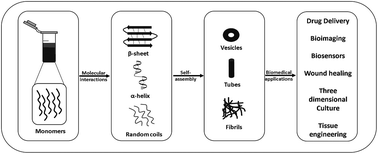
Biomater. Sci., 2020,8, 84-100
https://doi.org/10.1039/C9BM01304K
Keratin: dissolution, extraction and biomedical application
A comprehensive review that compared the properties of keratin extracted by different extraction methods and investigated keratin suitability for biomedical applications.
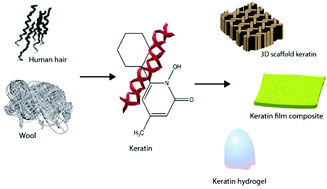
Biomater. Sci., 2017,5, 1699-1735
https://doi.org/10.1039/C7BM00411G
Utilising inorganic nanocarriers for gene delivery
The delivery of genetic materials into cells to elicit cellular response has been extensively studied by biomaterials scientists globally.
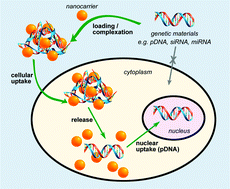
Biomater. Sci., 2016,4, 70-86
https://doi.org/10.1039/C5BM00277J
Poly(trimethylene carbonate)-based polymers engineered for biodegradable functional biomaterials
This review presents recent examples of applications and functionalization strategies of poly(trimethylene carbonate), its copolymers, and its derivatives to exploit the unique physicochemical properties of the aliphatic polycarbonate backbone.
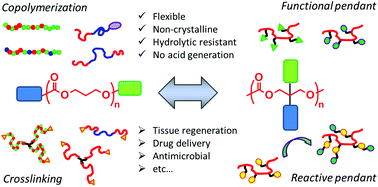
Biomater. Sci., 2016,4, 9-24
https://doi.org/10.1039/C5BM00123D
Hyaluronic acid-based extracellular matrix triggers spontaneous M2-like polarity of monocyte/macrophage
HA-based matrix spontaneously triggers M2-like polarity of human monocytes/macrophages through the CD44-mediated activation of STAT3.
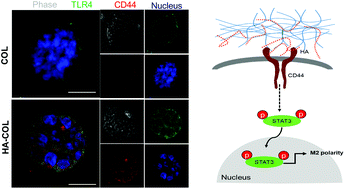
Biomater. Sci., 2019,7, 2264-2271
https://doi.org/10.1039/C9BM00155G
Tannic acid-based nanogel as an efficient anti-inflammatory agent
Biologically produced reactive oxygen species (ROS) are important signaling molecules in the human body.
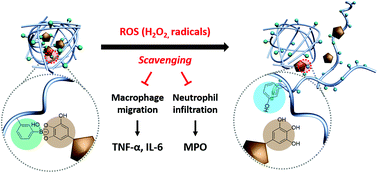
Biomater. Sci., 2020,8, 1148-1159
https://doi.org/10.1039/C9BM01384A
Nanogel hybrid assembly for exosome intracellular delivery: effects on endocytosis and fusion by exosome surface polymer engineering
Surface polymer engineering was applied with a carrier of exosomes, namely, the amphiphilic cationic CHP (cCHP) nanogel, to improve the delivery of exosome content by forming complexes with the exosomes.

Biomater. Sci., 2020,8, 619-630
https://doi.org/10.1039/C9BM01232J
Applying macromolecular crowding to 3D bioprinting: fabrication of 3D hierarchical porous collagen-based hydrogel constructs
3D bioprinting of hierarchical porous structures for tissue engineering.
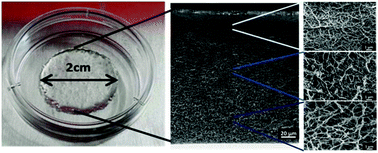
Biomater. Sci., 2018,6, 562-574
https://doi.org/10.1039/C7BM01015J
The effects of poly(dimethylsiloxane) surface silanization on the mesenchymal stem cell fate
Surface silanization with 3-aminopropyl triethoxy silane (APTES) ± glutaraldehyde (GA) enhanced the biocompatibility of poly(dimethylsiloxane) surfaces for long term cell culture investigation.

Biomater. Sci., 2015,3, 383-390
https://doi.org/10.1039/C4BM00268G
Dual-drug delivery of curcumin and platinum drugs in polymeric micelles enhances the synergistic effects: a double act for the treatment of multidrug-resistant cancer
Combinational chemotherapy is often used to prevent drug induced resistance in cancer.
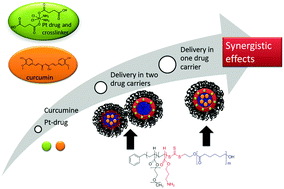
Biomater. Sci., 2015,3, 163-174
https://doi.org/10.1039/C4BM00272E
Fabrication of zeolite–polymer composite nanofibers for removal of uremic toxins from kidney failure patients
We demonstrate the fabrication of zeolite–polymer composite nanofibers for removal of uremic toxins from kidney failure patients, especially in resource-limited environments such as disaster areas and the developing world.

Biomater. Sci., 2014,2, 674-679
https://doi.org/10.1039/C3BM60263J
Bio-inspired catechol conjugation converts water-insoluble chitosan into a highly water-soluble, adhesive chitosan derivative for hydrogels and LbL assembly
Mussel-inspired chitosan–catechol exhibits superior water-solubility and adhesiveness to unmodified chitosan, which results in facile formation of hydrogels and layer-by-layer assembly.
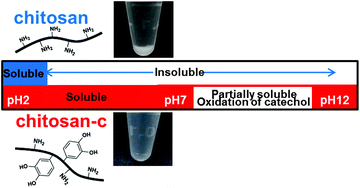
Biomater. Sci., 2013,1, 783-790
https://doi.org/10.1039/C3BM00004D
Bio-ink properties and printability for extrusion printing living cells
A series of techniques are presented to characterise the specific requirements needed to print a 3D scaffold successfully for tissue engineering.
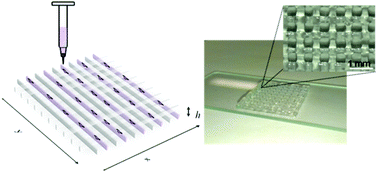
Biomater. Sci., 2013,1, 763-773
https://doi.org/10.1039/C3BM00012E
The effect of silicate ions on proliferation, osteogenic differentiation and cell signalling pathways (WNT and SHH) of bone marrow stromal cells
SiO32− ions promote the proliferation and differentiation via activating bone-related gene/protein expression and signalling pathway of BMSCs.
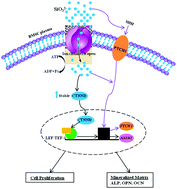
Biomater. Sci., 2013,1, 379-392
https://doi.org/10.1039/C2BM00108J
Bio-ink for on-demand printing of living cells
A bio-ink based on a microgel suspension allowed the controlled placement of living cells though drop-on-demand bioprinting.

Biomater. Sci., 2013,1, 224-230
https://doi.org/10.1039/C2BM00114D
About this collection
This online collection features some of the most cited, most downloaded and most shared articles from Asia-Pacific published in Biomaterials Science during the first 10 years of the journal.
Congratulations to all the authors whose articles are featured and thank you to all our authors, reviewers and readers for your ongoing support.